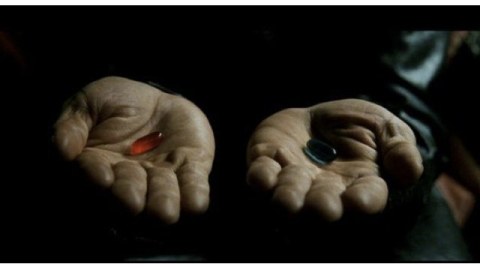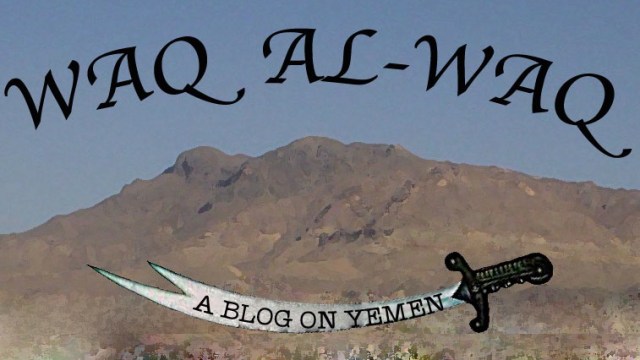How We Decide to Decide

A lot of ink has been spilled over the inconsistent and illogical ways that human beings make choices. Not as much attention has been paid to the decision to make a choice in the first place. Before you can pick between Raspberry and Vanilla, after all, you have to choose to enter the store. And, some theorists argue, this deciding-to-decide—to stop exploring your options and choose here and now—is an important and neglected aspect of how animals, including people, behave. This paper, recently published in the journal Science, supports that argument: In brain scans, it reports, foraging behavior—deciding how and where to choose among the options—engaged a different brain region than did the choosing itself.
Foraging, write Nils Kolling and his colleagues, requires different kinds of calculations than does picking among well-defined options. To pick Raspberry or Vanilla, you compare them against one another on cost, flavor, your allergies and what not. But in deciding whether to enter or pass the store, you’re relating the estimated worth of any potential choice inside to the average of all available places (you might, for example, decide “I can get those brands anywhere, why stop here?”). You’re also evaluating the cost of passing up what’s in front of you in order to move on.
Not much of life is raspberry-versus-vanilla, with complete information and a choice that must be made. Much of it is dealing with uncertainties and unknown future events (maybe some further store will have better brands, maybe it will be closed). If choosing among options is like being a shopper, then foraging is, as Temple’s Donald A. Hantula has put it, like being a financier: The game is won by “investing” time and effort and getting a return on that investment that exceeds what you spent.
Why might this help to explain human irrationality? Well, consider a behavior that is extremely widespread, not only among human beings but other species (even slime molds do it): Changing the value we put on something because of the context in which it appears. You have Choice A and Choice B, each with its pluses and minuses. Then someone introduces Choice C, which is worse than either A or B. Suddenly, B looks pretty good, and you and most other people prefer it.
According to classical economics, Options A and B have a fixed value to you, and nothing that happens later should affect that value. Letting C influence your thinking is a flaw. But seen as part of a a strategy for surviving over years in your environment, it might make sense to re-evaluate A and B in the light of C.
Suppose option A represents a lot of high-quality nutrition at considerable risk to your life, and Option B is low-quality food in an environment that’s absolutely safe. If you now know there’s an Option C that’s inferior to both A and B, you have new information about the environment where you will have to make more choices in the future. That gives you less incentive to take the risks associated with A and reduces the consequences of choosing B (it may be a crappy food source, but you know there are others). As Alasdair I. Houston and co-authors explain here, what looks illogical when seen as a single choice now starts to make sense when seen as part of a long-term survival strategy.
Kolling at al. want to bring this longer-term perspective to the question of how humans make decisions, which, they say, has been dominated by the study of unrealistic right-here-right-now choices. In their experiment, they had 18 men and 12 women try to win money by playing a game. The volunteers had to pick one of two choices, each represented by an abstract shape on a screen, which offered different levels of reward. However, before they got this choice, the volunteers had a different one to make: They had to decide whether to make the choice in the first place, or, instead, to ask for a new deal, with two new options drawn at random from a set of six.
The volunteers played this game repeatedly, while in an MRI scanner that measured relative amounts of energy consumption in different brain regions. Results: When the subjects were choosing a shape from a pair, there was an increase in activity in the ventromedial prefrontal cortex, a region just above the eyes often associated with decision-making tasks. However, when these people were “foraging,” considering their options and choosing whether to stay or move on to another choice, a different brain region showed increased activity. Kolling et al. believe that region, a part of the anterior cingulate cortex, “encodes the average value of the forgaing environment and the cost of foraging.” In other words, while one brain circuit supports choosing among clear options (raspberry versus vanilla), another, separate circuit works on the separate task of evaluating the overall state of the hunt (how does the selection at this store compare to the average, and to the next store I’m likely to pass, and how likely is that place to be open?).
If these authors are right, then explaining human decisions will require an account of both systems, not just the choose-right-here-and-now that is usually measured by lab experiments on choice and decision-making.





